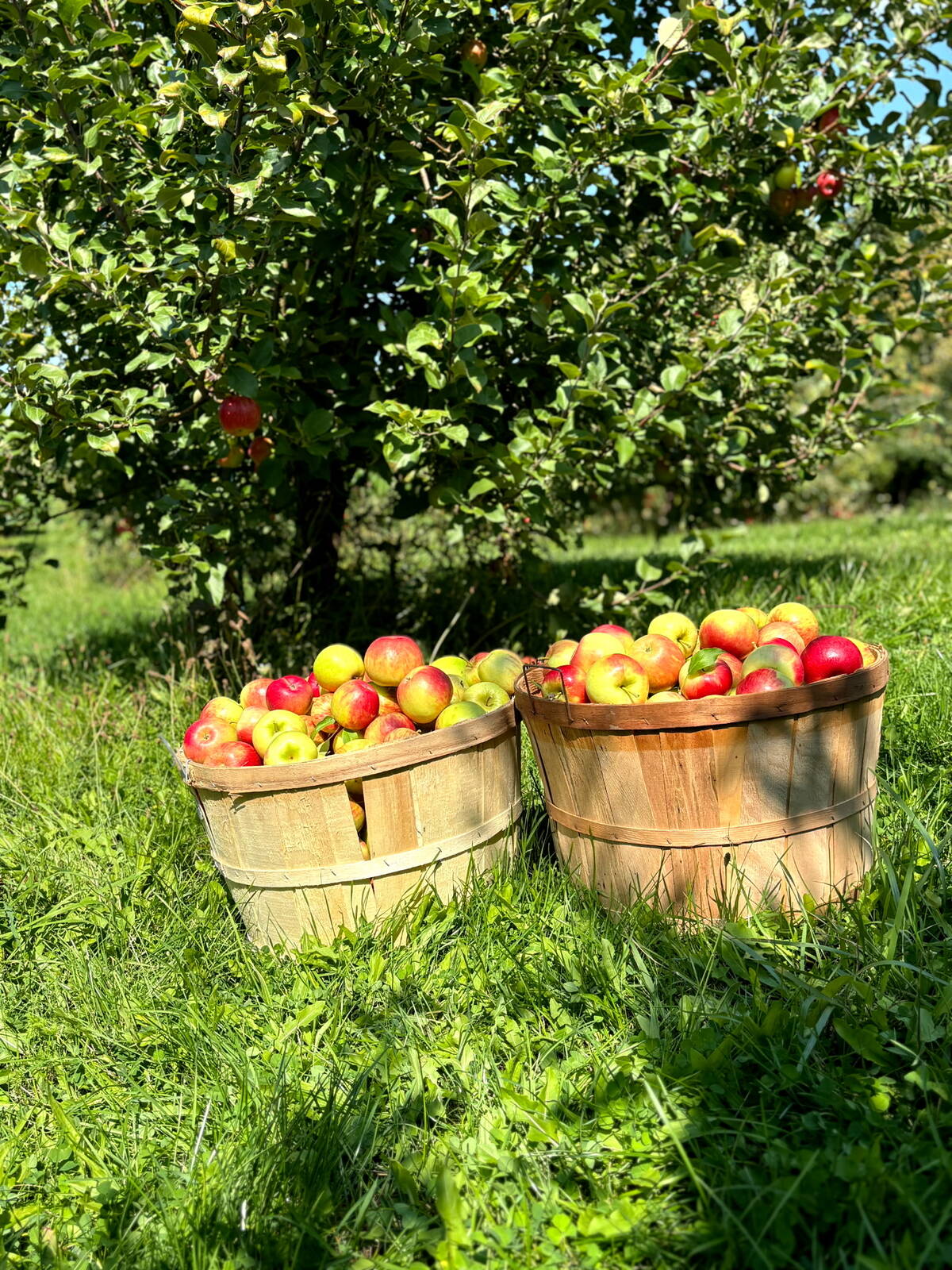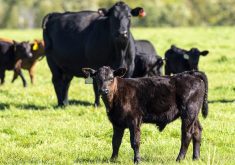Leading through uncertainty aptly captured the Beef Farmers of Ontario (BFO) Ontario Beef Market Development (OBMD) program’s inaugural year.
Despite being cow-tied by a global pandemic, the program managed to make gains in the Japanese market, create a foothold in Vietnam and promote Ontario beef effectively in the domestic market.
The program charged into 2020 determined to promote unique Ontario beef products at a laundry list of key international and domestic trade events.
Read Also

Farmers taking to social media to spread the word about the cost of farm thefts
A rash of farm thefts in Ontario have left farmers looking for new ways to help customers understand the cost of stealing goods.
While everyone scrambles for export market share, Ontario is not the only province to be pushing regional branding on a provincial level, said John Baker, OBMD market development director.
“One distinct difference, though, is that many of these regional brands also target Ontario,” he said. “They actively market their brands here.”
In the last two months of 2019 and the beginning of 2020, the program hosted one trade mission from Japan, participated in the Restaurant Canada show to elevate the profile and credibility of Ontario beef products and attended two international trade events.
OBMD launched Ontario Heritage Angus Beef during the Japan Supermarket Trade Show as a follow-up to Ontario Corn-Fed Beef, which has shown tremendous growth since its introduction to the market in 2015.
Despite the pandemic causing a 14 per cent decrease in Canadian beef exports to Japan in 2020, Ontario beef saw an increase in sales allowing the program to realize a $4.58-return on investment for every provincial check-off dollar invested.
The gain is remarkable considering the impact COVID-19 had on the latter half of 2020.
“In August, export value to Japan was up 22 per cent over 2019. By October, we were still up 11 per cent (due to shutdowns and slowdowns),” said Baker. “Only to see the shutdowns and slowdowns really impact the final months, which brought us into essentially a one per cent increase.”
Baker is optimistic Ontario beef will continue to flourish in Japan in part to the buy-in of the Ontario Corn Fed Beef brand and the online launch of Ontario Heritage Angus Beef during the pandemic.
“In Japan alone, we are now working with 18 different retail chains in seven of the nine regions across the country,” said Baker. “There are now 597 retail stores across the country that are actively marketing Ontario beef as a premium brand.”
Baker said the group also attended the Vietnam Food Expo in Ho Chi Min City, the most rapidly developing market in Asia, in November 2019 to introduce Ontario beef products to more than 40,000 buyers and restaurant operators before travel shut down.
“We have established a distribution relationship,” said Baker, adding. “We’re well-positioned for market entry once the coronavirus concerns are all past us, and we’re back to a state of normalcy.”
Ontario market gets more support
The OMBD pivoted to the domestic market when international trade expeditions ground to a halt in March.
“Our priority shifted to supporting promotional activities around existing Ontario beef brands and driving more volume-type initiatives in the market, as well as advancing the quality assurance objectives here in the province.” said Baker.
Their efforts are yielding results, showing an increase in Ontario cattle prices. Ontario fed cattle prices firmed up relative to United States prices in 2020 and a return to stronger prices against Alberta. Equally, Ontario calf prices showed a strong performance against U.S. calf values and performed roughly the same as Alberta’s prices.
Despite Ontario being the destination for most Canadian beef imports, Ontario beef is making inroads to larger market share in Ontario, said Baker.
“2010 is the year that Loblaw’s committed to the Ontario Corn-Fed beef program,” said Baker. “Within two years demand for it increased by over 200,000, head of cattle…which is absolutely incredible growth.”
By supporting brand partners, OBMD can leverage the collective resources between them to create more Ontario market awareness.
For example, the program’s primary foodservice partner, Flanagan’s is 100 per cent focused on the Ontario market and has made a strong commitment to Ontario beef, said Baker.
“There are currently six (Flanagan) trucks wrapped in Ontario premium beef themes on the highways,” he said, adding the commitment to Ontario beef is strong. “They made their local supply chain and their partnership with Ontario beef farmers the highlight of their brand story.”
OMBD worked with the Canadian Roundtable for Sustainable Beef (CRSB) to qualify the Ontario Corn-Fed Beef quality assurance program as a certifying body.
The result is Ontario producers can access an additional quality assurance program for Cargill’s Sustainable Beef program, easy access to CRSB certification for Ontario feedlots and the development of a COVID-19 remote certification process.
“With the recent increase in market demand for certified sustainable beef, most of which is driven by the Ontario market, Ontario producers are well-positioned to take advantage of this opportunity,” said Baker.
Baker said with Cargill Guelph becoming a processor for certified sustainable fed cattle, Ontario producers are well positioned to capitalize on the market demand for more VBP+ certified calves in Ontario.
The strategy includes support for smaller regional producer programs, producer-driven initiatives and programs, and funding resources to develop projects, which align with the strategy. Despite communicating these opportunities through BFO events and regional communiqués, Baker said there were zero applications submitted in 2020.













